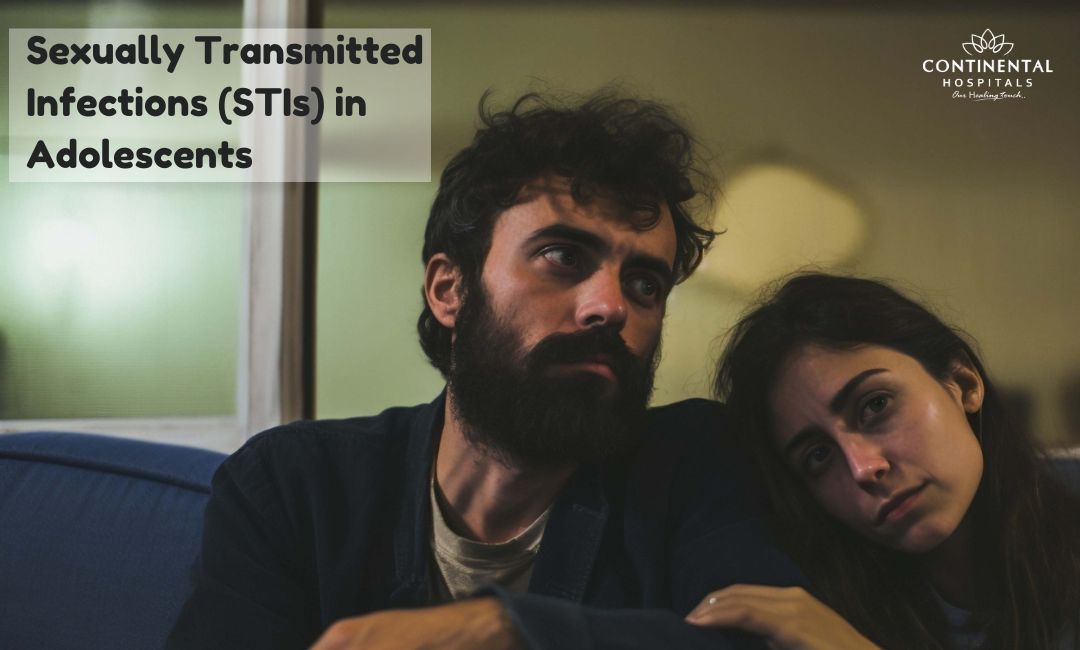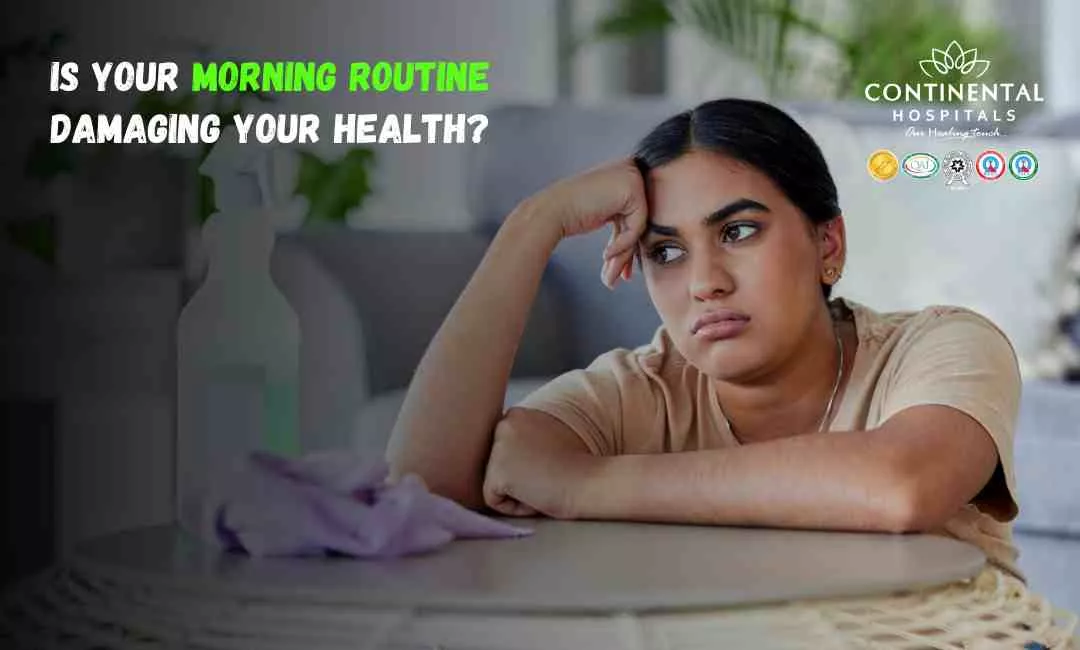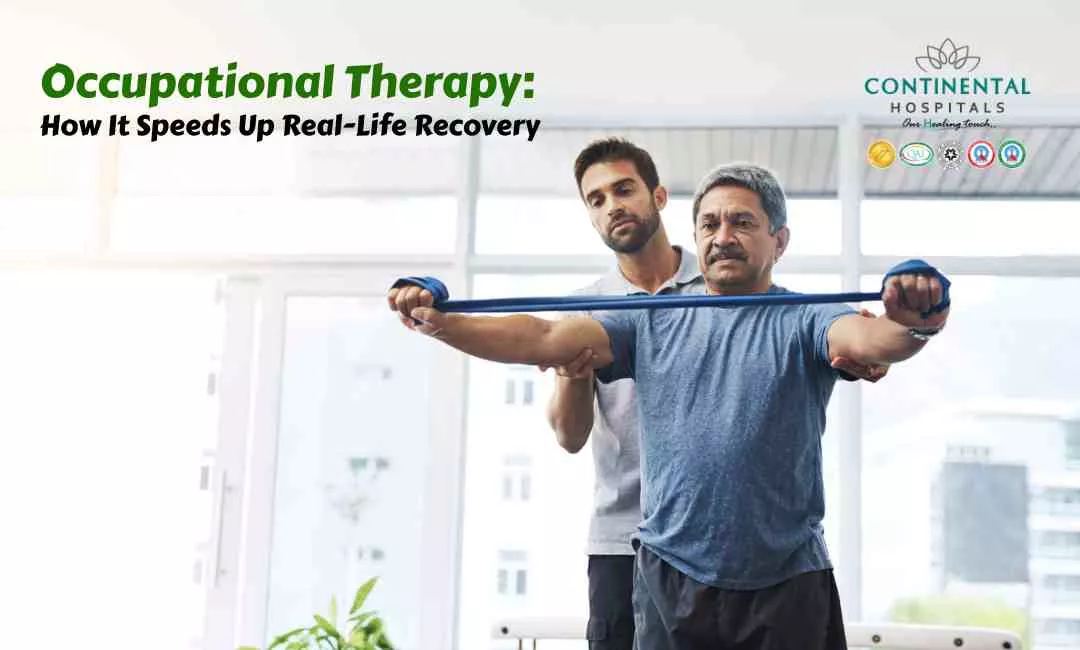Adolescence is an exciting yet challenging period in life. As teenagers grow and explore new experiences, one area that becomes important to address is sexual health. This topic, although sometimes uncomfortable to talk about, is essential for every teenager’s well-being. One critical aspect of sexual health is understanding sexually transmitted infections (STIs), how they occur, how they can be prevented, and what to do if you think you may have one.
In this blog, we’ll dive into the basics of STIs, especially focusing on adolescents. We’ll break down what STIs are, how they can affect young people, the importance of protection and prevention, and how to have open, honest conversations about them.
What Are Sexually Transmitted Infections (STIs)?
STIs, sometimes called sexually transmitted diseases (STDs), are infections passed from one person to another through sexual contact. They can be caused by bacteria, viruses, or parasites. Common STIs include:
- Chlamydia
- Gonorrhea
- Human Papillomavirus (HPV)
- Genital Herpes
- Syphilis
- HIV/AIDS
- Trichomoniasis
These infections can spread through vaginal, anal, or oral sex, and sometimes through close skin-to-skin contact. It’s important to note that many STIs don’t always show symptoms, which makes them tricky to detect without testing.
🥗 Healthy Plate Challenge
🍽 Add Your Favorite Dish
Pick Your 6 favorite foods, eat, and see the results.Drag & drop foods onto your plate.
Drop Food Here
Why Are Adolescents at Risk?
Adolescents and young adults account for a significant number of STI cases worldwide. This is partly because teenagers are more likely to engage in risky behaviors, such as having unprotected sex, multiple sexual partners, or not getting regularly tested. Additionally, lack of information about sexual health, peer pressure, and not having access to proper healthcare also contribute to the higher risk among young people.
During adolescence, many teens begin to explore their sexuality. However, without proper knowledge or access to sexual health services, they may not fully understand the risks associated with unprotected sex. That’s why education plays a crucial role in reducing the risk of STIs.
Common Symptoms of STIs
One of the reasons STIs can be difficult to manage is that many of them are "silent" — meaning they don't always cause noticeable symptoms, especially in the early stages. However, when symptoms do appear, they can include:
- Pain or burning during urination
- Unusual discharge from the penis or vagina
- Sores, bumps, or rashes around the genital area
- Itching or discomfort in the genital region
- Pain during sex
- Unexplained bleeding (for girls)
It’s important to remember that some STIs, like chlamydia and gonorrhea, can go unnoticed for a long time but still cause long-term damage, such as infertility if left untreated. Other infections, like HIV, can lead to life-threatening conditions if not properly managed.
How Can STIs Affect Your Health?
STIs can have serious health consequences, especially if left untreated. For example:
- Chlamydia and gonorrhea can lead to pelvic inflammatory disease (PID) in girls, which can cause infertility.
- HPV is known to cause genital warts and can increase the risk of cervical cancer in women.
- Syphilis can cause severe damage to the heart, brain, and other organs if not treated early.
- HIV weakens the immune system, making it harder for the body to fight off infections and diseases, which can lead to AIDS.
For adolescents, the emotional and social effects of contracting an STI can be just as concerning. Many young people feel embarrassed, scared, or ashamed, which can prevent them from seeking the help they need. This is why creating a supportive, stigma-free environment is essential in helping teens address their sexual health responsibly.
Prevention: How to Protect Yourself from STIs
The good news is that STIs are preventable. By taking the right precautions and being informed, you can protect yourself from infections. Here are some of the best ways to reduce your risk:
Use Condoms Consistently and Correctly
Condoms are highly effective in reducing the risk of most STIs when used properly. It’s important to use condoms every time you have sex, whether vaginal, anal, or oral. Condoms act as a barrier and can help prevent the exchange of bodily fluids that carry STIs.
Limit the Number of Sexual Partners
Having fewer sexual partners can reduce your risk of contracting an STI. The more partners you have, the higher the likelihood of exposure to infections.
Get Vaccinated
Vaccines are available for certain STIs, such as HPV and hepatitis B. Getting vaccinated early can provide long-term protection against these infections.
Regular Testing
Even if you feel fine, it’s essential to get tested regularly if you’re sexually active. Testing can help detect STIs that may not show symptoms. Early detection means early treatment, which can prevent complications.
Open Communication
Talk openly with your partner(s) about sexual health. Discuss your STI testing history and the importance of using protection. Being honest about your sexual health is a responsible way to take care of yourself and others.
What To Do If You Think You Have an STI
If you think you might have an STI, or if you’re experiencing any unusual symptoms, it’s important to seek medical attention as soon as possible. Here’s what you should do:
Get Tested
Don’t wait for symptoms to appear before getting tested. Many STIs can be silent but still cause harm. Visit a clinic or your doctor for a confidential test.
Follow Treatment Plans
If you test positive for an STI, your doctor will prescribe a treatment plan. Many STIs can be treated with antibiotics, while viral infections (like herpes or HIV) are managed with medications. It’s crucial to follow the treatment exactly as prescribed to prevent the infection from getting worse or spreading to others.
Inform Your Partner(s)
It can be a difficult conversation, but letting your partner know if you have an STI is important. This allows them to get tested and treated if necessary, preventing further spread.
Avoid Sexual Contact Until Cleared
If you have been diagnosed with an STI, avoid any sexual contact until your doctor says it’s safe to resume. This helps protect your partner and ensures the infection doesn’t spread.
Talking About STIs: How to Start the Conversation
Talking about STIs can feel awkward, especially for teens. However, starting the conversation is a vital part of taking control of your sexual health. Here are a few tips to make it easier:
Choose the Right Time and Place
Find a private, comfortable setting to talk about sexual health with your partner, friends, or a trusted adult.
Be Direct but Compassionate
Use clear language and be honest. You don’t have to be an expert; just express your concerns and ask questions.
Seek Support if Needed
If you're not sure how to start, consider talking to a healthcare provider first. They can guide you on how to approach the subject.
Conclusion: Empowering Adolescents to Take Charge of Their Sexual Health
Understanding STIs is crucial for adolescents who are exploring their sexuality. While it may seem like a scary topic, the reality is that STIs are preventable, manageable, and treatable with the right knowledge and actions. By encouraging open conversations, promoting safe sex practices, and providing access to healthcare, we can help young people protect themselves and live healthier lives.
.webp)














